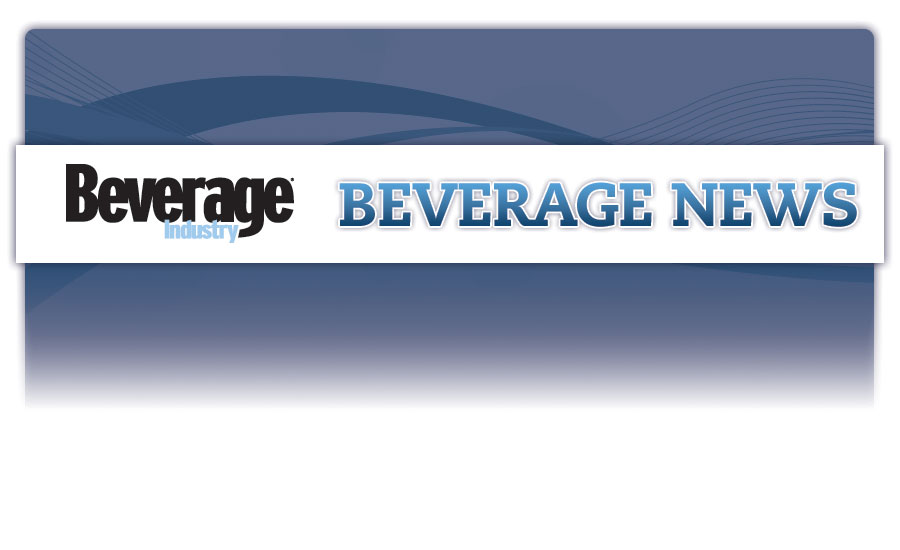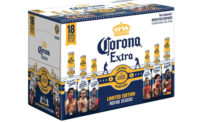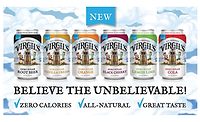Millennials’ behaviors influence HEINEKEN USA's consumer approach
Demographic having positive affect on imported beer sales

In a recent Beverage Industry Special Report, the publication highlighted the impact that millennials are having on the U.S. market. Brand owners are no stranger to the growing influence this demographic is having and are making concerted efforts to stay on top of the latest trends associated with millennials.
In a conversation with Brian Walsh, senior director of consumer and market insights at HEINEKEN USA, Beverage Industry learns how the imported beer company is being affected and responding to the millennial generation.
BI: How does your company define the millennial demographic?
BW: We define millennials as those born between 1982 and 1997; so, 21- to 36-year-old consumers.
BI: What are some consumer behavior qualities that your company has taken notice of?
BW: What we notice most clearly is that LDA+ consumers are not just consuming beer; they’re looking outside the beer category and consuming products across all beverage alcohol. In addition, we are seeing less brand loyalty. Millennials are shopping across a spectrum of brands and thus are not making a choice between one or two. As such, we have done a tremendous amount of work to understand drinking occasions; those consumption moments that call for a specific beverage type or even a specific brand. We’ve identified four beer occasions: Me Time; Just Hanging Out; Food First; and Parties & Celebrations. We’ve been able to see that occasions really do matter in terms of who you’re with and what you’re doing in that moment. For example, Just Hanging Out, when you’re meeting up with or having over a few close friends to socialize over drinks, versus Me Time, when you’re enjoying a beer by yourself or with a significant other — the different occasions drive different behavior. We’ve also learned that during the Parties & Celebrations occasion millennials are more price sensitive and are more brand promiscuous than during the other occasions. Conversely, during the Me Time occasion, millennials are more price sensitive and more inclined to purchase their favorite, familiar brands.
BI: How have these qualities impacted how you approach this demographic?
BW: We ask, “What is that specific occasion mindset?” We make it about the brands consumed in the context of the occasion framework — what is driving the purchase and consumption choice? This has impacted the tools we use to reach and engage millennials. Historically, the millennial consumer would be reached through panels and phone calls. Today, we leverage mobile panels and surveys to reach the millennial consumer to track their buying behavior. We’re also improving our technology with a data management platform that reaches a new consumer and engages them in a more personalized way. We need to reach millennials in a way that makes sense for them and now we have a better understanding of how to meet their needs.
BI: What impact are millennials having on the imported beer market?
BW: The millennial import shopper is driving a lot of the growth of imports, and imports continue to be a bright spot in the overall beer category. Further, the import shopper is much more likely to be multicultural. In fact, the millennial import beer shopper is 40 percent more likely to be Hispanic (Source: InfoScout mobile panel 52 weeks ending March 4, 2018) versus the average beer millennial shopper, and it’s the multicultural millennials who are driving the growth. Looking into other cultural demographics, we see that Asian consumers are much more likely to drink import rather than domestic beers during the Food First and Parties & Celebration occasions.
BI: How has that affected HEINEKEN USA’s marketing and merchandising of its core brands?
BW: Our marketing efforts — especially on-premise — put a focus on local activation to give us the ability to reach the consumer where they live, socialize and consume. Because we know millennials are more likely to know what they’re going to buy prior purchasing, but less likely to know what beer brand they will buy, reaching them in advance of the trip, having that conversation and driving brand awareness before is key. We are also developing our ability to micro-target, getting even more localized in our pre-shop communications, even down to the street and store level.
BI: As millennials age and potentially gain more purchase power, what opportunities do you foresee for HEINEKEN USA?
BW: The opportunity is the challenge. As we’ve said, millennials are promiscuous in their brand repertoire; it’s always about what’s next and what’s new. While that’s a challenge, it’s also an opportunity we can leverage by delivering the right products and innovations at the right time in the right places. Even as millennials are moving into a later life stage, we know they’re much more likely to continue to shop in small format outlets. This insight helps us to better merchandise in those environments in a way that is impactful and motivating, driving purchase and consumption. Additionally, we see the opportunity to craft and deliver brand messaging that is more relevant thus leading to greater share of mind and greater loyalty moving forward. The opportunities force us to re-look at the portfolio to ensure we have the right brands for millennials that meet their needs and fit within the different occasions we have identified.
Looking for a reprint of this article?
From high-res PDFs to custom plaques, order your copy today!





